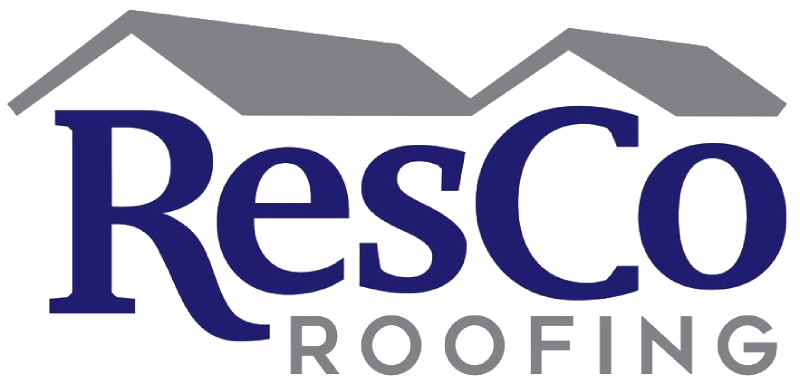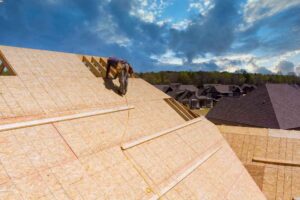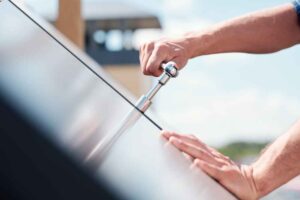The Ultimate Guide to Keep Your Residential Roof Safe and Aesthetically Pleasing
Few things are as essential to the overall safety and beauty of your home as a quality roof. After all, it’s your first line of defense against harsh weather, pests, and intruders. But with so many different roofing options available and so many factors to consider, it can be tough to know where to start. That’s why we’ve put together this ultimate guide to residential roofing. Whether you’re a new homeowner looking to invest in your first roof or a seasoned pro in need of a replacement, we’ll cover everything you need to know to keep your home safe and aesthetically pleasing. From material types and installation techniques to maintenance tips and repair recommendations, we’ve got you covered. So read on to learn how to protect and enhance your home with the perfect residential roof!
Understand the Roofing Basics
The roof is a critical component of any building, providing shelter from the elements, insulation against temperature extremes, and structural integrity. Understanding the fundamentals of roofing is imperative for homeowners looking to maintain or replace their roof.
One popular roofing option is asphalt shingles, favored for their affordability and ease of installation. However, it’s important to note that asphalt shingles have some drawbacks. They are prone to damage in harsh weather, such as strong winds and heavy rainfall, and may not have the longevity of other roofing materials.
Another common choice is metal roofing, renowned for its durability and ability to withstand extreme weather conditions. Some metal roofing options are even environmentally friendly, as they are made from recycled materials. It’s worth noting that metal roofing generally comes at a higher cost compared to asphalt shingles and requires specialized installation techniques.
Regardless of the chosen roofing material, proper maintenance is vital for a long-lasting and functional roof. Regular inspections and repairs can prevent leaks, damage, and other issues that may compromise the roof’s integrity. By gaining an understanding of roofing materials, installation techniques, and maintenance requirements, homeowners can ensure their roof provides the necessary protection and support for years to come.
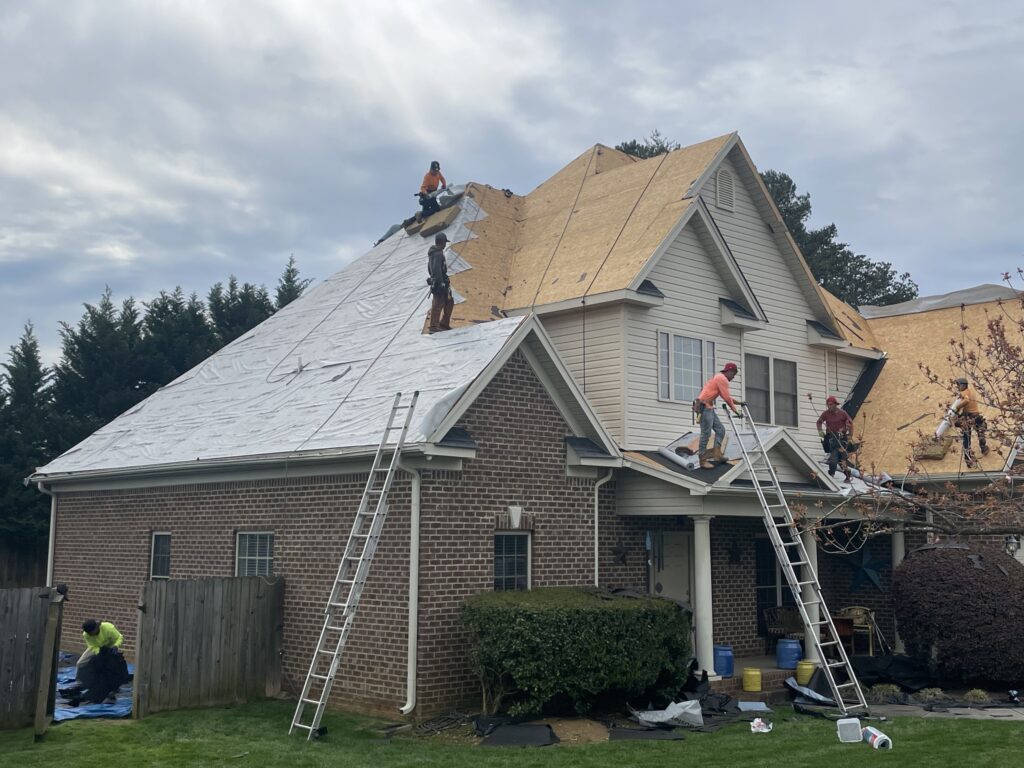
Understanding Your Roof’s Slope and Pitch
A home’s roof serves a vital purpose, shielding the house and its occupants from rain, snow, and sunlight. Regrettably, many homeowners tend to overlook the significance of a roof’s slope and pitch, both of which have a substantial impact on its overall performance and lifespan.
Let’s delve deeper into these key terms. A roof’s slope refers to its steepness, whereas the pitch refers to the angle in relation to its horizontal base. Understanding these concepts is paramount.
The slope of a roof affects both its functionality and aesthetics. A steeper slope, for instance, not only grants an elegant and imposing appearance but also facilitates water and snow runoff. Conversely, a shallow slope gives your roof a minimalist touch, albeit it may lead to water and snow accumulation. Moreover, the slope directly influences the amount of natural light entering your home. A steeper slope allows more light, while a shallower slope reduces its ingress.
Similarly, the roof pitch profoundly impacts its lifespan and resistance against external elements. A higher pitch endows your roof with superior water and wind resistance, leading to a longer lifespan and reduced maintenance costs. Additionally, a higher pitch enhances the efficiency of your roof’s ventilation system, allowing for improved air circulation and temperature regulation.
Understanding the slope and pitch of your roof is therefore crucial when determining its efficacy and durability. To ensure an optimal design, it is imperative to hire professional roofing contractors who can accurately assess and provide the suitable slope and pitch based on your region’s weather conditions and building codes.
How to Choose The Best Roofing Materials for Your House
When it comes to selecting the ideal roofing material for your home, there are several crucial factors to take into account. Let’s delve into these key elements that can help guide your decision-making process:
- Climate and Weather: Consider the durability of different roofing materials against various weather conditions. For instance, metal roofing excels in areas prone to heavy rainfall and snow, while clay tiles are a better fit for warmer climates.
- Aesthetics: Your roof should harmonize with the overall appearance of your house. Take into consideration the color, texture, and style of the roofing material to ensure it enhances your home’s curb appeal.
- Longevity: The lifespan of a roofing material is a significant factor. While some materials may have a higher upfront cost, they might save you money in the long run by lasting longer and requiring less maintenance.
- Cost: Budget is always an important consideration. Remember, the initial installation cost is not the sole expense to factor in; account for potential maintenance and repair costs in the future as well.
- Local Building Codes: Ensure that your chosen roofing material complies with the building codes and regulations in your area. Certain materials might be restricted due to safety or environmental concerns.
To gain a better understanding of which material is best suited for your home, consult with a professional roofing contractor. They can provide valuable insights based on your specific region, building codes, and other pertinent factors.
Making an informed decision about your roofing material will ensure that you not only enhance the protection and durability of your home, but also add to its visual appeal.
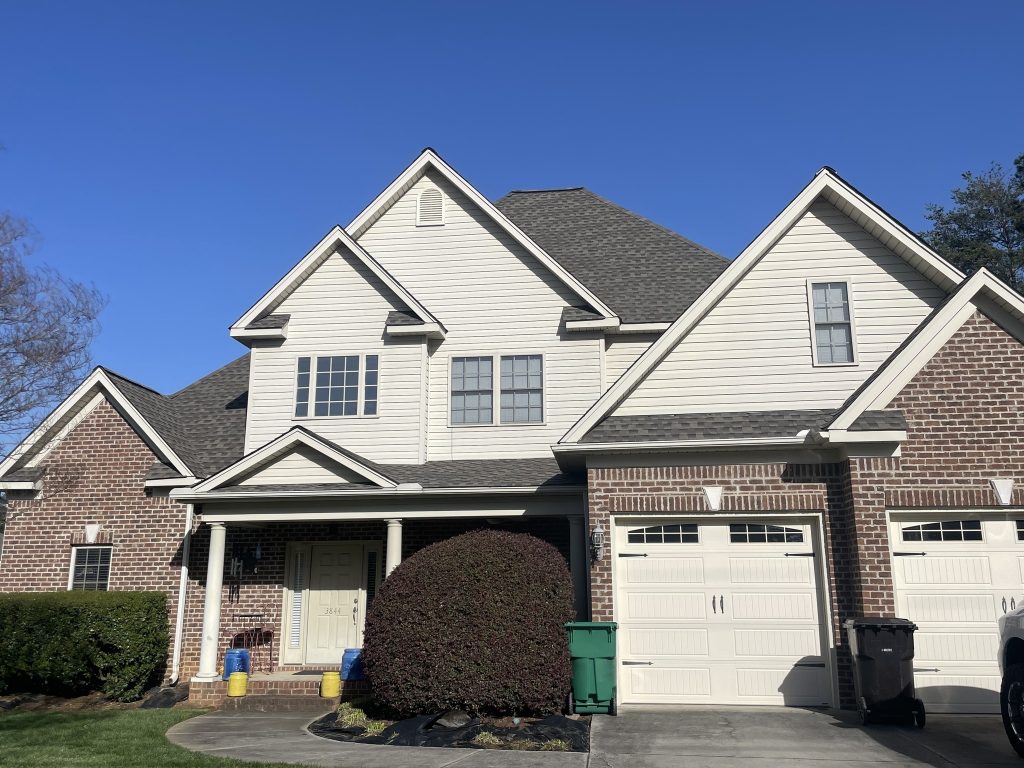
Inspect for Potential Hazards Before Installing a New Roof
Before embarking on any roofing project, it is of utmost importance to conduct a meticulous inspection of the area to identify and mitigate potential hazards. This proactive approach not only ensures accident prevention but also facilitates a seamless installation process. To this end, let us delve into some essential precautions to bear in mind:
- Thoroughly check for nearby power lines: Prior to commencing any work, it is crucial to ensure there are no electrical wires in close proximity to the roof. This step is vital for ensuring the safety of all involved parties.
- Securely fasten ladders: Given that ladders are often required when working on a roof, it is imperative to ascertain that they are securely fastened and in a stable position. This precautionary measure minimizes the risk of falls or accidents.
- Prioritize protective gear: Always prioritize the use of suitable safety gear, which encompasses gloves, helmets, and non-slip shoes. By donning these protective items, you reduce the likelihood of sustaining injuries while undertaking roofing tasks.
- Clear away debris: It is indispensable to thoroughly remove any debris or loose objects present on the roof before commencing work. Proactively addressing this issue minimizes the risk of accidents caused by slipping or tripping over obstructions.
- Thoroughly inspect for structural damage: Conduct a comprehensive inspection of the roof to identify any potential structural damage or weak points that could pose safety hazards. By addressing these issues ahead of time, you can mitigate the potential risks associated with the project.
By adhering to these essential precautions and conducting a thorough inspection, you can ensure the safe and successful completion of your roofing project. Additionally, it is advised to enlist the services of a professional roofing contractor who possesses the requisite training and experience in handling potential hazards during roof installations.
In conclusion, maintaining a proactive and safety-oriented approach is crucial when undertaking any roofing project. By taking the necessary precautions, you not only safeguard the well-being of all individuals involved but also ensure a smooth and successful construction endeavor. Remember, safety should always be the top priority
Learn About Energy Efficient Roof Systems for Reduced Bills
Energy efficiency in homes is of utmost importance to homeowners today. With increased utility bills, environmental responsibility, and the desire for better home performance, it’s crucial to consider making changes that can boost energy efficiency. One natural starting point is the roof—a key element that can significantly impact energy savings.
When it comes to energy efficient roofs, there are various options available, including asphalt shingles, metal, clay, and even solar panels. The choice of roofing material is crucial to ensure optimal energy efficiency. Look for materials with high reflectivity and high emissivity, as they can effectively reflect sunlight and release heat. To further enhance energy efficiency, it’s essential to install proper insulation beneath the roofing material. This not only helps retain internal heat in the winter but also prevents heat transfer into the home during the summer months.
The benefits of energy efficient roof systems extend beyond cost savings. They are highly durable, resistant to mold, mildew, and water damage, making them an excellent long-term investment. Additionally, these roofs contribute to reducing carbon footprints by reflecting most of the sun’s energy and reducing the need for air conditioning. With their fantastic return on investment, both in terms of cost savings and increased home value, energy efficient roof systems should definitely be considered if you’re looking to improve your energy efficiency and lower utility bills.
By upgrading to an energy efficient roof, you not only enhance the overall energy performance of your home but also make a positive impact on the environment. With their ability to reduce utility bills, provide superior insulation, extend roof lifespan, and contribute to mitigating the urban heat island effect, energy efficient roofs offer a comprehensive solution for homeowners seeking a more sustainable and cost-effective living.
When it comes to energy efficiency, don’t underestimate the significance of an energy efficient roof. It’s a wise investment that can have a substantial impact on your home’s performance and reduce your carbon footprint. Take the first step today towards a more sustainable and efficient home with an energy efficient roof.
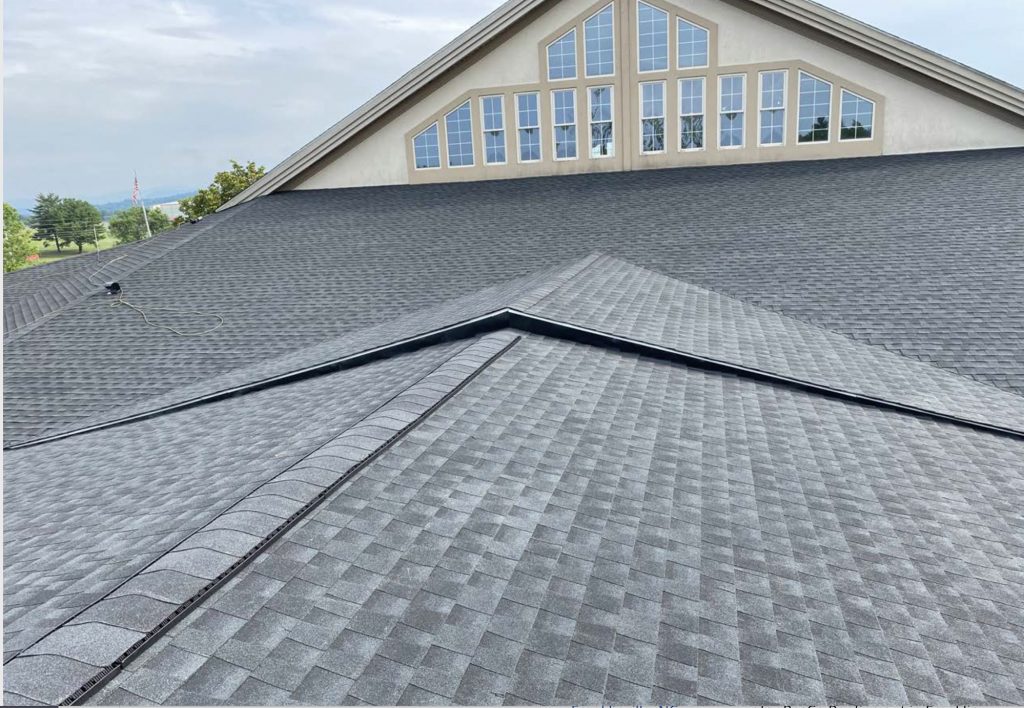
Hire Professional Installers for Guaranteed Quality Workmanship
When it comes to roof installations, the expertise and skill of professional roof installers cannot be overstated. They are the best choice for guaranteed quality workmanship, and here’s why:
- Extensive training and experience: Professional roofing contractors undergo extensive training and possess ample experience in handling a wide range of roofing materials. Their expertise ensures an efficient, accurate, and precise installation process.
- Access to advanced tools and equipment: Professional installers have access to the latest tools and equipment, allowing them to carry out installations with ease and precision. This not only guarantees a high-quality installation but also reduces the risk of accidents or damage during the process.
- Compliance with safety standards: Professional roofing contractors adhere to strict safety protocols and regulations, ensuring that all necessary precautions are taken to safeguard both their workers and your property during installations. Their knowledge and experience in handling potential hazards make them the safest option for roofing projects.
- Guaranteed quality workmanship: By hiring professional installers, you can rest assured that your roof will be installed to the highest standards of quality. They take great pride in their work and offer guarantees on their services, providing you with peace of mind and protecting your investment.
With professional installers, you benefit from their extensive training, access to advanced tools, compliance with safety standards, and guaranteed quality workmanship. Don’t settle for less when it comes to your roof – choose professionals for a job that exceeds your expectations.
In summary, undertaking a roofing project requires careful planning, adherence to safety precautions, and hiring professional installers for guaranteed quality workmanship. Additionally, considering energy efficient roof systems can provide long-term cost savings and contribute towards a more sustainable and environmentally responsible home. Remember to always prioritize safety and consult with experts for the best results. With these tips in mind, you can ensure a successful roofing project that not only enhances your home’s performance but also promotes a greener and more efficient lifestyle. So, make the right choices for your roof and enjoy the many benefits it can provide for years to come. Let’s work towards safer, greener, and more energy-efficient living. Keep learning about new advancements in roofing technology, materials, and installation techniques to continually improve your home’s energy efficiency and reduce your carbon footprint. With proper planning and expert advice, you can have a roof that not only protects your home but also contributes to a more sustainable and greener future.
